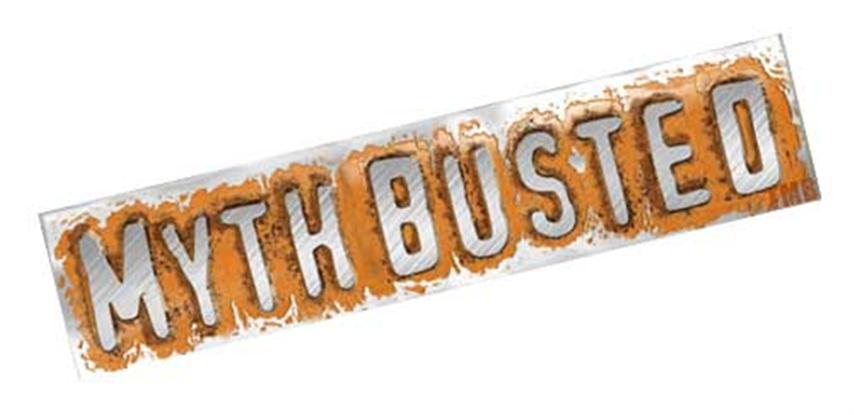By Tan Bah Bah
1. Lee Kuan Yew was the architect of post-colonial Singapore
Not quite. Lee Kuan Yew led a remarkable team of people who overcame great odds to transform a struggling post-war colonial outpost and entrepot port into a major metropolis. He played a dominant role in forging a common destiny for once disparate groups of people.
But the real architect behind the island’s spectacular economic success and many other iconic institutions was his No 2 Dr Goh Keng Swee. Among the contributions: Jurong industrial estate (and its lake gardens), Economic Development Board of Singapore, Development Bank of Singapore, Monetary Authority of Singapore, Singapore Armed Forces and Singapore Symphony Orchestra. Much of the Republic’s education system still owed much to the recommendations of the 1979 Goh Report.
2. Raffles built up Singapore into a major port and trading city
Yes, Stamford Raffles founded Singapore. As lieutenant-governor of Java, Raffles was worried about the expansionist ambitions of the Dutch. He sought permission from the East India Company (EIC) to set up a post south of Malaya to counter the Dutch moves. He landed in Singapore, liked what he saw and later signed a treaty with the local rulers. Date: 6 February 1819.
He did not spend much time in Singapore, however. He visited the island only three times and stayed for nine months. The person who did the real work of building up of the administrative and physical infrastructures was the Resident, William Farquhar.
Farquhar stayed for four years trying to make the colony work. He had little financial support from the EIC and Raffles himself. But his efforts , which were backed by the grateful settlers, brought results which unfortunately were credited by some to an undeserving Raffles.
3. Is there genuine racial harmony here?
Measured by the absence of outright strife, Singapore does have a kind of enforced harmony. By consensus, outwardly, everyone is politically correct on the race issue – the government, the private sector, the communities.
But beneath the surface, there are the occasional outbursts of racism, and the usual undercurrents of frustrations. Indian Singaporeans find it hard to get jobs in Chinese-dominated companies. PRC workers should not be allowed to work here if they can’t speak English. Why are there no Malays in the top SAF ranks? Inter-racial harmony exists but harmony? Frankly, no.
4. Singapore is a nation
Here, the jury is still very much out. Singapore is a sovereign and independent state. As a country forged through battling adversity or a determination to be different from others or make a mark or have all its citizens equally committed to its success, Singapore is a work in progress. For the time being, we seem content to see it as just a great place to earn a living and raise one’s family.
5. Swiss standard of living
Singaporeans were promised a Swiss standard of living by 1999. By GDP performance, the island has surpassed Switzerland. But by a host of other determinants, it is behind. By Gini cofficient, it trails the Swiss. By the happiness index, it is miserable.
Five Non-Political Myths
1. Singapore does not have natural resources
No gold, oil, diamonds, plutonium, vast tracts of fertile agricultural land. But the island does have a precious resource – its navigable harbour. It is not just another harbour but one that is strategically located.
The location was what attracted the East India Company in the first place. The Singapore Strait was the main sea channel between the Indian Ocean and the South China Sea. Singapore quickly became, after its founding in 1819, the hub for exports/re-exports to the region and other parts of Asia.
2. Singapore was an impregnable fortress
In the lead-up to the Japanese Invasion in World War II, Singapore was built up by Whitehall as an impregnable bastion of British military might. With big guns placed to face an invasion from the southern seafront, it looked that way. The British just did not expect the Japanese to come from the north, on land through Johor. Lieutenant-General Arthur Percival surrendered to General Yamashita Tomoyuki on 15 February 1942.
3 . Singapore’s public housing scheme began with HDB
No, the housing programme was started by the Singapore Improvement Trust (SIT), predecessor of the Housing and Development Board. The SIT was formed as far back as 1927 and undertook a number of housing projects, including for the poor, till its dissolution in 1959 when the HDB was formed.
4. The Road To Singapore was filmed in Singapore
The name Singapore was immortalised into Tinseltown folklore by this 1940 Paramount film which starred Big Crosby, Bob Hope and Dorothy Lamour. But one could not imagine America filmmakers risking their lives travelling to Singapore when World War II was already in full swing. Most of the action took place in Paramount studio in Hollywood.
5. Singapore never had a world champion in a major internationally recognised sport before the table tennis imports
We had. Badminton champion Wong Peng Soon won the All-England singles title in 1950, 1951, 1952 and 1955. The All-England was the de facto world badminton championships at that time.
Tan Bah Bah is a retired journalist. He was a senior leader writer/columnist with The Straits Times and managing editor of a local magazine company.

